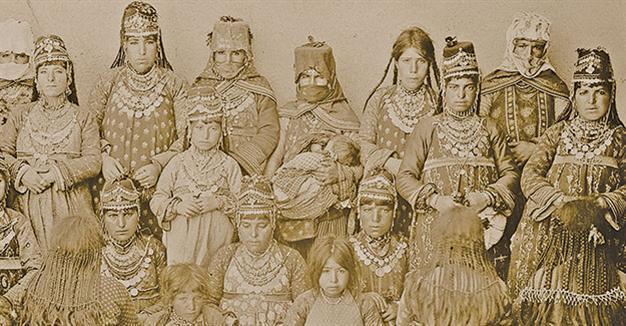Postcards of Turkish-Armenian history
ISTANBUL

A new exhibition opened on April 6 at Istanbul’s Tophane-i Amire Culture and Arts Center sheds light on 800-year-old shared history of Turks and Armenians in Istanbul and Anatolia.
Organized by Turkish Foreign Ministry, the exhibition, titled “Unutmanın Değil Hatırlamanın Zamanı” (Time To Remember But Not To Forget) opened with a speech by Deputy Minister Naci Koru said, “With this exhibition, our purpose is to remember the elements of our common culture and the experiences that made us us.”
Speaking of the importance of approaching Turkish-Armenian relations with humane dimensions, Koru said, “With its rich content, the exhibition offers visitors the importance and position of Turkey’s Armenians in Anatolian culture. The Ottoman Empire had lots of pains under the World War I conditions. It is so wrong to freeze the flow of history by focusing on a moment and incite conflict instead of peace and dialogue. Those who use the historical events for their own goals harm both Turks and Armenians.”
Koru also said the exhibition focused on the elements belonging to Turks’ and Armenians’ shared culture.
The curator of the exhibition, architect Güzin Erkan, said 150 postcards were the highlights of the exhibition, and continued:
“[The postcards] prove to us how two societies lived together. Visitors can see the historical development of Turkish-Armenian relations on the panels. Another section shows the documents from the Ottoman archive.”
About the pomegranate theme of the exhibition, Erkan said, “Pomegranate [represents] the new day. New hope, new life, and the symbol of abundance. Those who have good will will continue keep these relations alive in the future, just like in the past.”
The exhibition includes a special selection from the largest Ottoman postcard archive, the Orlando Carlo Calumeno collection of nearly 4,000 postcards collected between 1895 and 1914. The postcards, featuring Armenian neighborhoods, churches, monasteries, schools, orphanages and hospitals, have been created by Armenian editors or photographers.
The exhibition will run through April 29.
 A new exhibition opened on April 6 at Istanbul’s Tophane-i Amire Culture and Arts Center sheds light on 800-year-old shared history of Turks and Armenians in Istanbul and Anatolia.
A new exhibition opened on April 6 at Istanbul’s Tophane-i Amire Culture and Arts Center sheds light on 800-year-old shared history of Turks and Armenians in Istanbul and Anatolia.